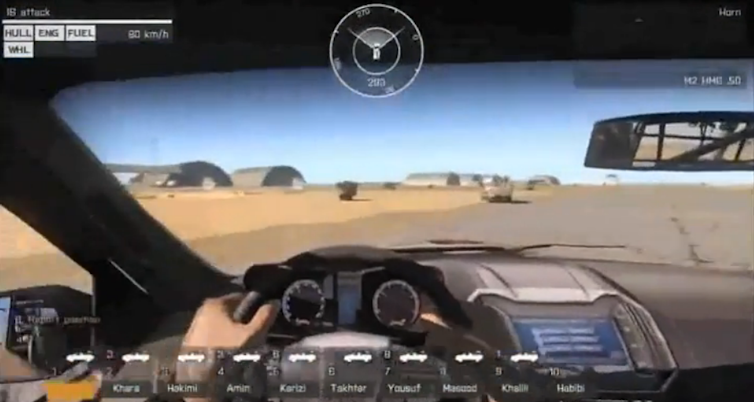Following the deaths of several African American men at the hands of police last year, the Twitter hashtag #blacklivesmatter enabled people from around the world to discuss race relations in the US. What is less well-known is that this hashtag – among others – was also used by supporters of Islamic State, who aimed to appeal to African Americans with the message that in IS, there “is no difference between black and white”.
Thanks to advancements in technology, it is now easier than ever to get involved in politics and civil society. Social media, in particular, helped to mobilise thousands of people during the uprisings on Tahir Square in Egypt and the Indignados protests in Spain.
But the internet is not democratic, per se. Radical groups also rely on websites, apps, social network and content-sharing sites such as Facebook, the Internet Archive, or YouTube to recruit supporters. In 2015 alone, IS published 1,000 videos, 15,000 photos, and 20 magazines online.
IS is especially active on Twitter. An analysis by the Brookings Institute highlighted that “from September through December 2014 … at least 46,000 Twitter accounts were used by IS supporters”. Researchers from the George Washington University further showed that – of 300 American IS supporters on Twitter – only a few tweeted new, official information. More common were accounts that retweeted and endorsed messages to reach as many people as possible. The amplifiers were complemented by shout-out accounts, which post new Twitter handles that replace blocked accounts.
The halo effect
It is not surprising that radical groups use popular social media to recruit supporters. These services are free, and censorship is still quite difficult. Most importantly, young people tend to trust the information they read or hear on social network or micro-blogging sites. The perceived trustworthiness of the platforms can affect a person’s evaluations of posts or messages from radical groups, making them seem more valid and convincing.
This is due to a well-established phenomenon known as the “halo effect”: when you make an overall positive judgement of a person or product, based on one specific positive characteristic. For instance, research has shown that if we think that a teacher is enthusiastic, we also believe that she or he is knowledgeable – even if this is not the case.

Propaganda is most effective when it is emotionally involving. That is why radical groups include well-curated multimedia in their online newsletters, magazines, and social media posts. Many groups even develop multi-player games, and make them available for free via online gaming platforms. The games often endorse violence and, crucially, allow users to perform an idealised version of themselves; users feel pride and a sense of community while fighting with others against enemies.
Over time, online experiences can influence users’ expectations about how they wish to live. If they feel that these expectations are not being met in their everyday life, users may reach out to radical groups (or respond to their outreach) to become part of what they see as a great cause, and an opportunity to do something worthwhile.
Fighting back
It is impractical and, in fact, nearly impossible to disconnect radical groups from the internet. Increasing censorship on platforms that we use every day jeopardises our right to privacy, the free flow of information, and freedom of speech. Instead, counter-radicalisation programs are also using internet-based campaigns to challenge the ideologies and claims of radical groups.
Opinions become more extreme if we only interact with others who endorse our point of view. But this process – known as group or attitude polarisation – can be prevented. The internet is a marketplace where different ideas compete. Sharing diverse perspectives on topics such as identity, religion, and violence with people who are immersed in the one-sided messages of radical groups, can prevent opinions from shifting to more extreme positions.
When presenting these so-called counter narratives, it is important to acknowledge grievances of different groups in society, while suggesting non-violent strategies to address the struggles. And those who communicate the alternative messages must be valued by potential or existing supporters of radical groups; indeed, former militants may be the most convincing.
The Canadian organisation Extreme Dialogue, for example, produces video documentaries of former members of radical groups, their families, friends, and victims. Showing how people’s lives were dramatically affected by violent radicalisation, the project aims to stimulate critical thinking and discussions.
Meanwhile, in the UK, the Quilliam Foundation relies on social media to promote a democratic, non-radical Islam. Founder Maajid Nawaz uses Twitter and Instagram to share pluralistic ideas without degrading Islam. The work of these organisations shows that the tactics which lead individuals to join radical groups, can also be applied to counter radicalisation online.

